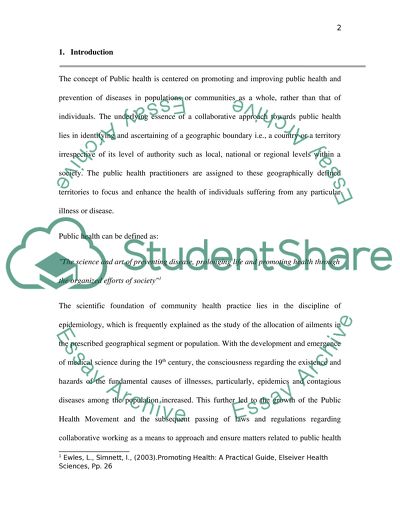Cite this document
(“Collaborative Working to improve health and wellbeing Essay”, n.d.)
Retrieved from https://studentshare.org/health-sciences-medicine/1553747-collaborative-working-to-improve-health-and-wellbeing
Retrieved from https://studentshare.org/health-sciences-medicine/1553747-collaborative-working-to-improve-health-and-wellbeing
(Collaborative Working to Improve Health and Wellbeing Essay)
https://studentshare.org/health-sciences-medicine/1553747-collaborative-working-to-improve-health-and-wellbeing.
https://studentshare.org/health-sciences-medicine/1553747-collaborative-working-to-improve-health-and-wellbeing.
“Collaborative Working to Improve Health and Wellbeing Essay”, n.d. https://studentshare.org/health-sciences-medicine/1553747-collaborative-working-to-improve-health-and-wellbeing.


